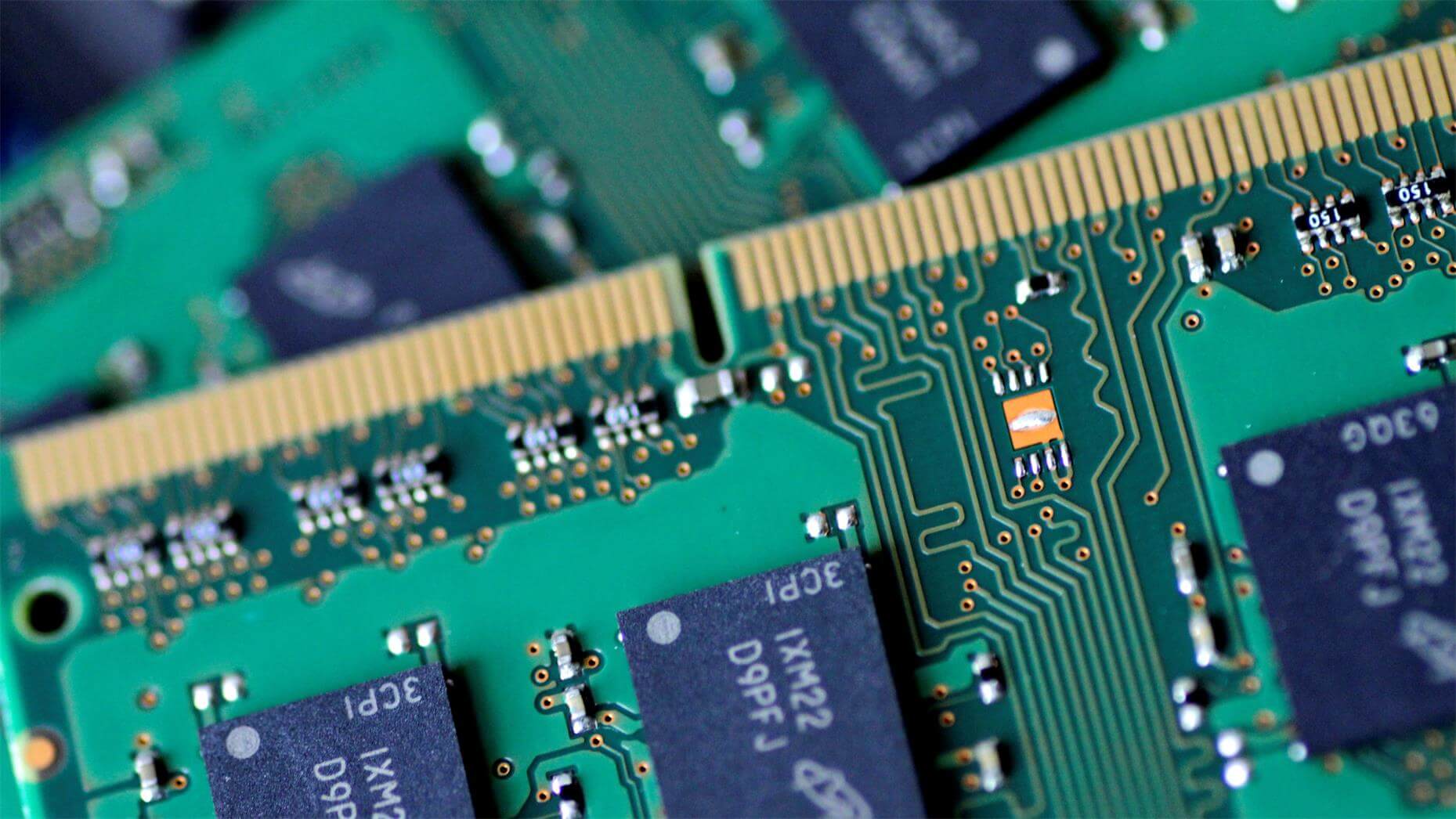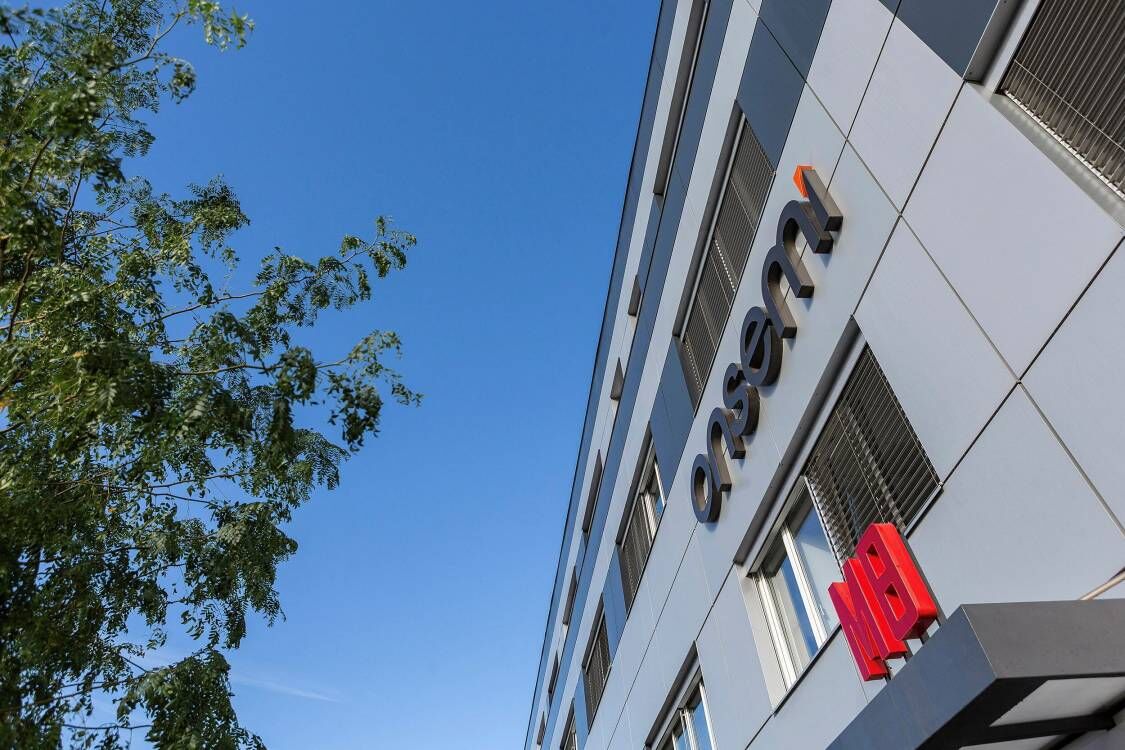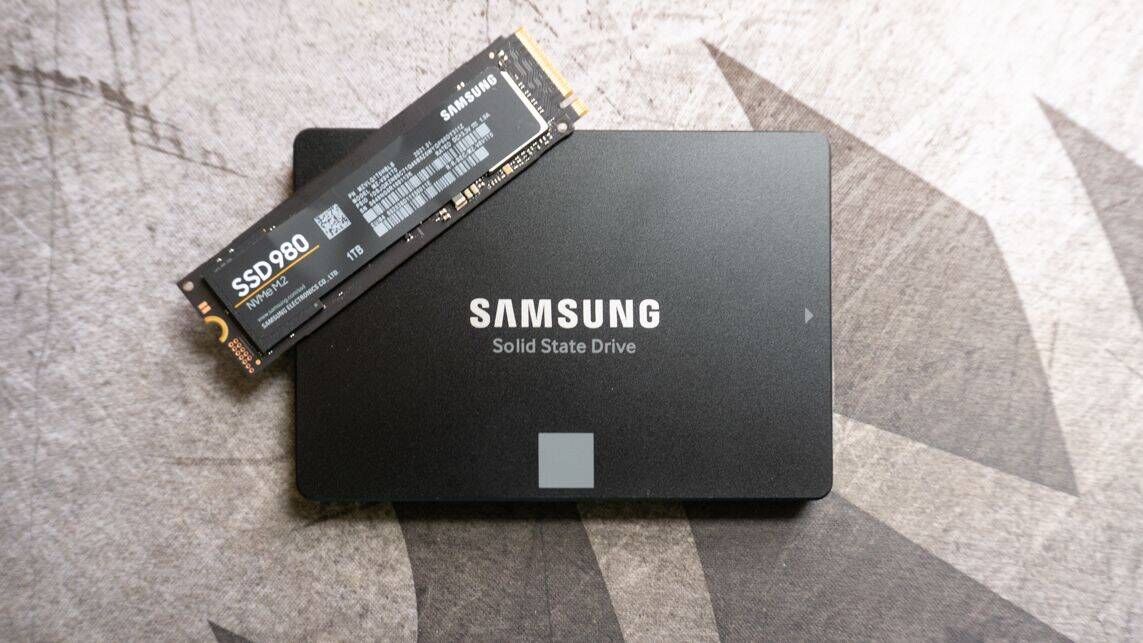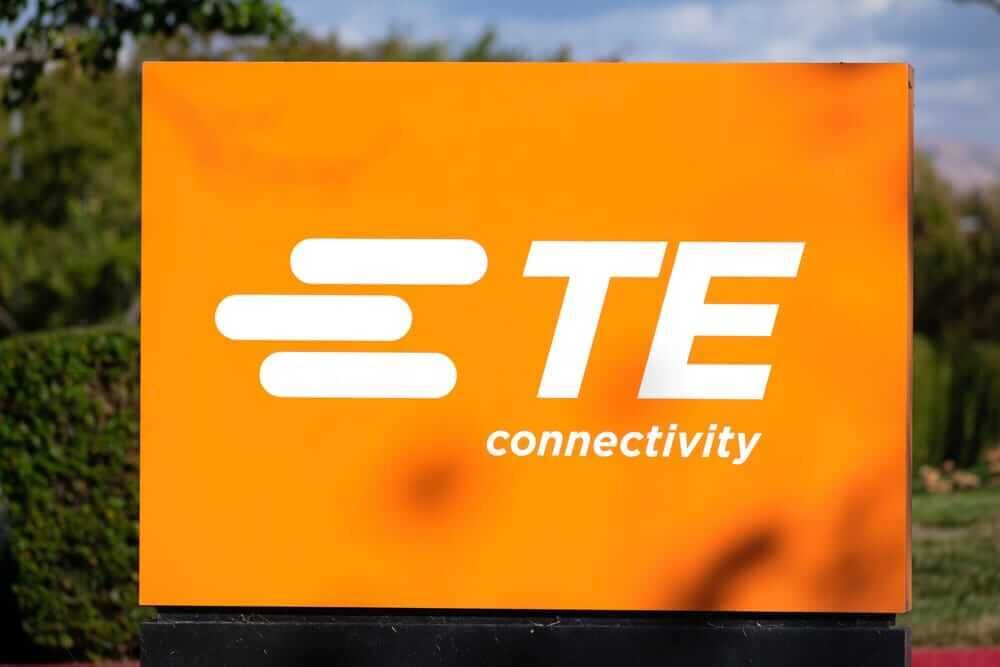July 21, 2025 /SemiMedia/ — Japan’s government-backed chipmaker Rapidus has successfully completed circuit printing on a wafer using 2nm gate-all-around (GAA) technology, marking a critical early step in the country’s push to rebuild its domestic semiconductor manufacturing base.
The milestone comes just three months after Rapidus began operating extreme ultraviolet (EUV) lithography systems from ASML Holding NV in April. Company president Atsuyoshi Koike praised the team’s intensive effort, saying, “No other company has achieved EUV results this quickly. Our engineers have worked around the clock to make this happen.”
Rapidus aims to deliver prototype chips to customers by the end of fiscal 2025 and to begin mass production by 2027. While still trailing industry leader TSMC—which plans to enter 2nm volume production later this year—Rapidus represents Japan’s most ambitious attempt to reclaim advanced chipmaking capabilities.
Backed by more than ¥1.72 trillion ($11.6 billion) in public funding and supported by local giants such as Toyota and Sony, Rapidus is the cornerstone of Japan’s “moonshot” semiconductor initiative. The project is a response to growing national security concerns over Japan’s heavy reliance on Taiwan-based foundries for cutting-edge AI chips.
In collaboration with IBM, Rapidus is co-developing next-generation manufacturing technologies, while also partnering with Europe’s IMEC, Tokyo University, and Japan’s RIKEN research institute.
According to Japan’s Ministry of Economy, Trade and Industry, domestic firms currently lack the capacity to produce logic chips smaller than 40nm. Rapidus’s progress in 2nm technology could fill a long-standing gap and shift Japan’s position in the global semiconductor value chain.
Company chairman Tetsuro Higashi stated, “The world is astonished by our rapid progress. Japan is finally regaining its grip on critical chip technology after more than a decade of lagging behind.”












All Comments (0)